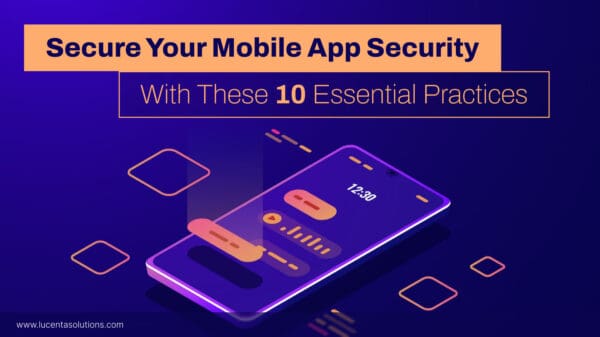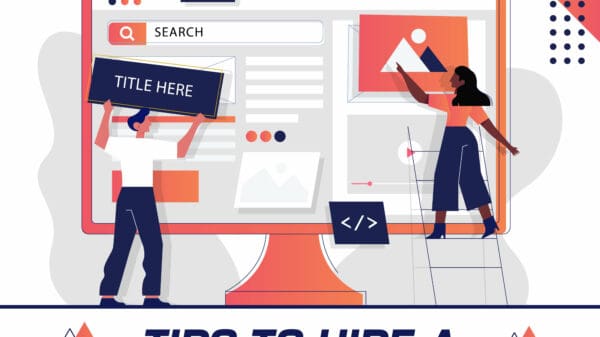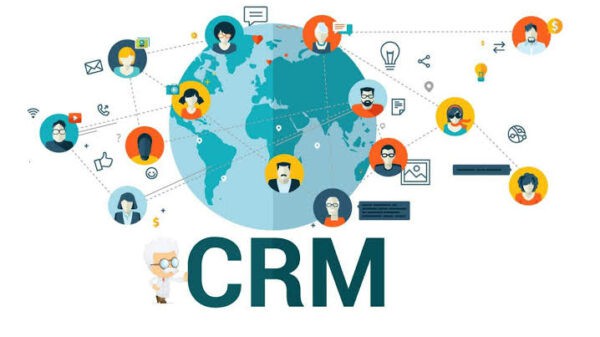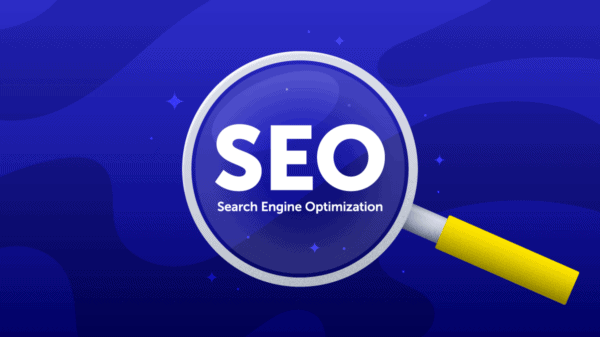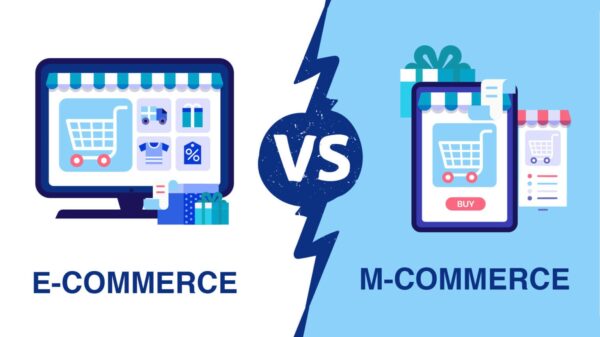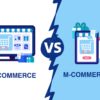E-commerce had been growing at a steady pace, driven by technological advancements. Then came the pandemic. The ability to shop online and have essentials delivered right to the doorstep was such a boon, amid shelter-in-place orders. Even while the world witnessed a demand shock and total retail sales contracted during the worst of the pandemic, e-commerce sales grew and generated an estimated $3.914 trillion in 2020, according to an article by Business Insider.
This unprecedented shift to online shopping is more than a phase. All the pandemic did was accelerate an already existing secular shift in buyer behavior. So, the spike in buyer preference for shopping online seems permanent, says an article by ClickZ.
If you’ve been thinking of starting your e-commerce business, there is no better time than now. Let’s look at what you should consider before kicking off your e-commerce venture.
#1: Web Design
People (and articles online) will tell you that it’s important to have an attractive design with the right images, colors, text, fonts, and animation. While that’s true, the design goes beyond the look and feel. It encompasses how your visitors navigate the site, how quickly they find what they’re looking for, and how hassle-free the entire process is. So, think like a visitor. Use an ‘easy to browse and easy to digest’ policy, according to an article by UX Planet. Remove the clutter, have powerful filters, and make the checkout process easy.
#2: Payment Processing
The more payment options you offer, the greater chances of successfully making the sale. Pick a solution that allows you to accept multiple payment options from your customers in real-time, say experts at Payment Savvy. Ensure it has data encryption to secure the payment process so that your visitors can trust the process. Make sure the process is quick and smooth. The quality of your payment processing solution is among the biggest factors impacting sales.
#3: Optimize Your Product Page
Begin by adding high-quality images, including text with relevant keywords, and ensuring branding elements are in place, according to an article by BigCommerce. Give your customers all the information they need to select the product. Ensure that the CTA (call to action) buttons, like ‘Buy Now’ or ‘Add to Cart’ stand out and are visible even when the visitor scrolls the page. Don’t forget to test this functionality thoroughly on your mobile website.
#4: Interlink Pages
From an SEO perspective, there are four types of links in the realm of interlinking. These are the sidebar, dynamic links, navigation links, and contextual links. However, what is equally important is to provide more options for the visitor. For instance, when a user is on a product page, ensure they can see other selections like similar products, products typically purchased together, and the bestsellers in that range of products. As people revisit your site, you can even show them previously browed products.
#5: Policy Documents
These are incredibly important. They help build credibility, provide information, and protect you from disgruntled visitors. Some of the important ones are privacy policy, terms and conditions, return policy, and cookie policy.
You may come across a plethora of options when setting up an e-commerce site. Avoid getting lost in all the choices available. Set a deadline for going live and stick to it. You can always add more functionalities to the site as your business picks up momentum.
Marcelo Fincher is a blogger & writer on technology related topics with years of experience in studying technological advancements. In his spare time, Marcelo likes to read books and take a walk on the beach.








